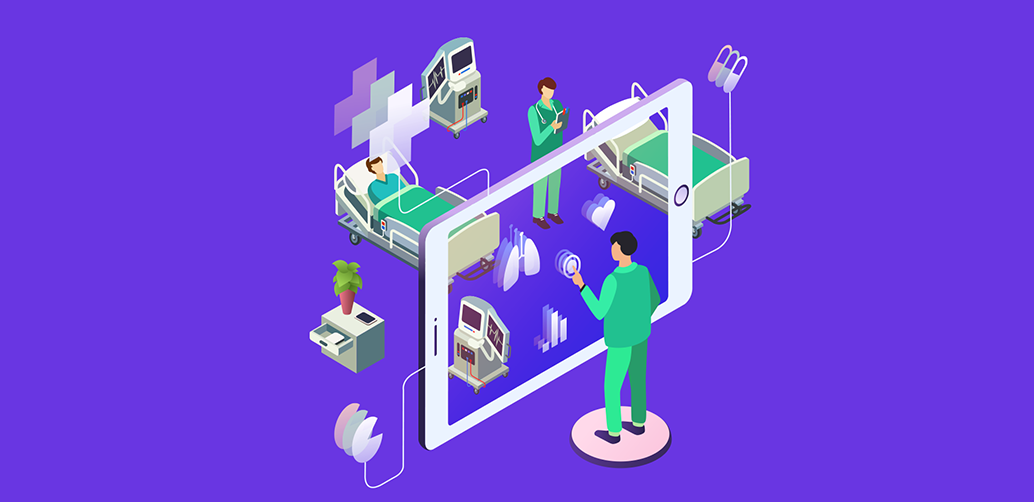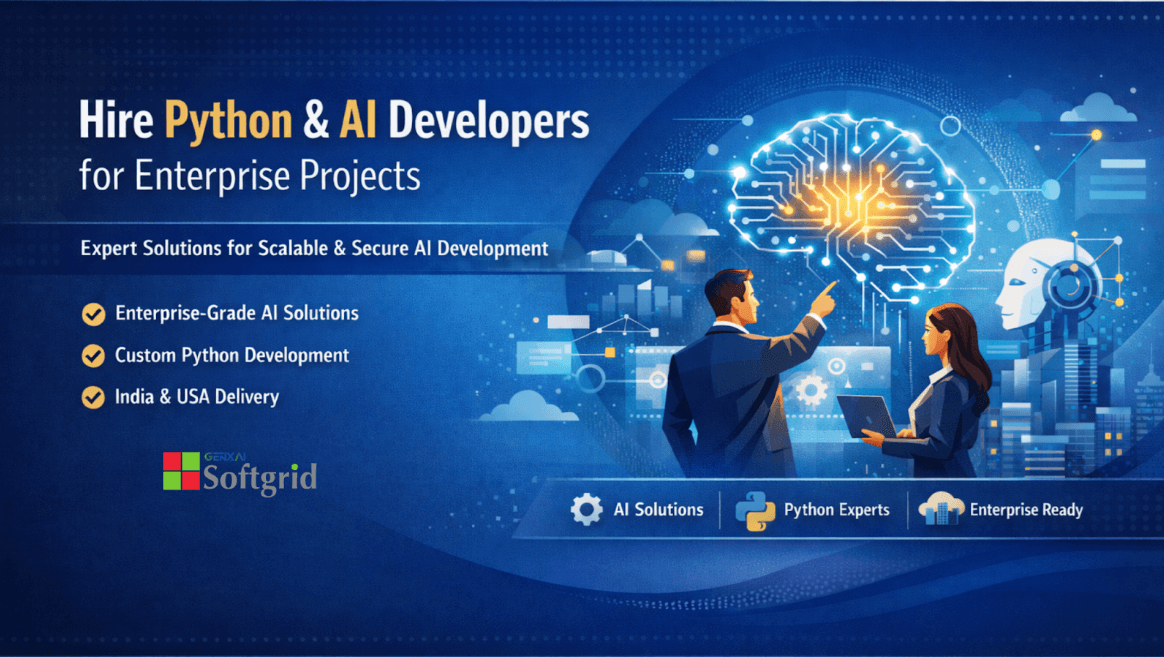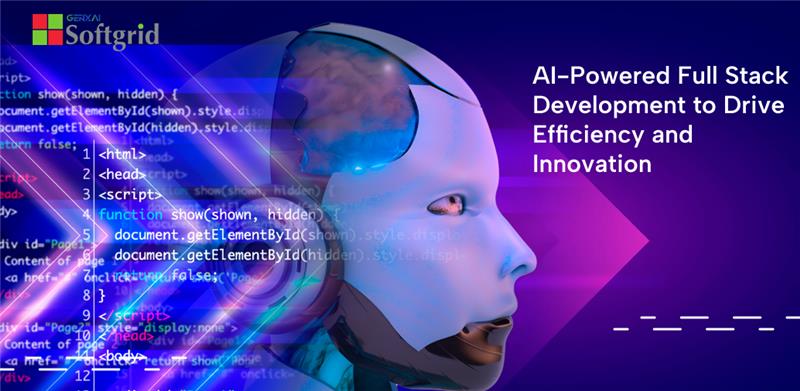Many patients who go through critical surgeries require close monitoring for several days after the operation. But keeping a patient in the hospital for a long period after the surgery doesn’t seem like an ideal option, especially in the pandemic state where hospitals are facing severe patient load. Previously also most patients were released after the stabilization period and the family members or caregivers were given advice on how to take care of the person and what post-operation to notice. Some patients also live in remote locations and highly distant counties from where frequent visits for monitoring are not possible. Due to improper monitoring of the patient any signs of future health deterioration remain unnoticed. It does happen frequently that patients ignore the post-surgery routine and recommendations made by the designated doctors.
This often serves as the reason for immediate hospitalization needs for many patients. The advancements in healthcare IT and medical gadgets have provided the option of remote monitoring and evaluation after the patient returns home. The processes like Telemedicine and Smart gadgets have been used as digital tools to serve patients post-surgery. The proper use of this kind of digital tool has yet not been found to be widespread, which has been the prime reason for the low popularity of the process in the healthcare industry. The University of Edinburgh has conducted research in which they indulged in a deep analysis of more than forty case studies where patients were monitored post-surgery using Digital Health Intervention techniques.
The research conducted by the University of Edinburgh is focused on the United States patient history and is crucial research for the development of remote monitoring processes in the future. In most of these patient’s case studies, it was noticed that real-time data was collected through the use of wearable digital health interventions and mobile gadgets for easy access to multiple digital platforms. Among the forty-four patients who were monitored post-operation, the maximum number of patients were using a technical combination of interventions that are mobile-phone-based.
The healthcare software applications dedicated to smartphones were also a common form of digital tools that were used. Typical wearable devices were also being used to have a daily check on the patient’s vitals. As different digital tools were used among the forty-four people, the research conducted was not intensely conclusive. The research aimed to study the effect of digital health intervention techniques in the monitoring of post-surgery patients which was mostly achieved by the research team at the University of Edinburgh.
The study reveals that the use of digital tools had not only benefited the hospitals but also helped the patients with quicker recovery. Most patients are given lots of medication along with painkillers when they return home after surgery. These medications sometimes require to be replaced with a new drug due to minor side effects. The digital tools induced monitoring can help a lot with these analgesic requirements while boosting patient recovery.
Effective patient engagement and the hospital benefits who use post-operative digital monitoring
Based on the type of disease the patient suffers from it is possible to obtain long term data on the postoperative phase that can be used for further research and shaping better treatments. The orthopaedic patients can highly benefit from the digital tools by effective connection with the doctors and the real-time data getting collected. There are various digital platforms provided by healthcare IT vendors which are used for effective interaction between the patients and doctors.
The efficient connection between the patients and the doctors has often resulted in identifying any sort of medical complication early on, resulting in a better treatment. The digital tool’s data also helps the doctors to construct a personalized treatment for each patient and classify the subcategories of any injury or disease along with the minute features. The hospitals that have been using the digital tools in case of post-surgery monitoring are having fewer patient visits for routine checkups and monitoring which has highly benefited in the pandemic scenario.
Medical facilities are having more flexibility due to the use of advanced digital tools. They can provide remote treatment to various patients without the need for admission also. This allows hospitals to discharge patients early on who recently got surgery. The home environment has often proven to be healthier for the patient not only physically but mentally as well. The constant love and care they receive from their family members also have a major role to play in the quick recovery of the patients to return to normal daily activities.
The cost of hospitals is very high for many treatments which the patient or the patient’s family members often struggle to provide. When the patient gets released only after a very short time of post-surgery monitoring this reduces the hospital charges which the patient had to bear if kept in for a long time observation. If the operation is successfully completed there doesn’t remain any more risks for most patients after the critical observation period gets over.
The patients also don’t feel comfortable staying in the hospital for long, so once they start healing and are having stable test reports the doctors like to put them in remote monitoring. The digital tools which are used in the advanced remote treatment are excellent data organizing portals that allow modern technologies like artificial intelligence and machine learning to be used on them for having hidden insights and perfect analysis results. But some of these digital tools have been found difficult to be used by several doctors due to the complicated setup and closed data sets. These applications are also updated often by the vendors making them subject to testing for the users.
The further scalability required in the world of healthcare digital tools
The onset of the covid-19 pandemic has caused the sudden rise in the use of digital technology for remote patient monitoring. Before the pandemic, practical implementation had been very minimal and the overall growth of the new healthcare form was very slow. The immense stress on the healthcare organizations and the functioning medical facilities has compelled them to utilize every resource available for remote monitoring of post-surgery patients and patients who can receive treatment remotely. The digital tools model can be highly beneficial for patients who live very far from the city in partly isolated regions where medical facilities available are not much developed.
For many diseases or health conditions, it is required by the doctors to monitor the patient before the surgery too. If by the use of remote digital tools doctors can determine if the patient is having the health factors to be operated on that day or the next day then it will be highly benefitting for the patients. The rural and remote location patients don’t have to travel a huge distance only to know they cannot have their surgery that day. Some patients are in a very sensitive zone before surgery, they don’t have the physical condition to endure long-distance travelling. The use of digital tools also includes the modern telemedicine and telehealth policies that can be utilized in treating isolated communities.
The digital tools are capable of being made so powerful that the complete personalized treatment of a person can be monitored in a single software window. The digital tools can function as a virtual assistant to the doctors in making the treatment structure and providing suggestions based on the analysis of the long term patient’s vitals and the lab reports. The discipline of routine medicines and a healthy lifestyle serves as the basics of post-surgery treatment.
There are digital tools present in the healthcare IT world by which the patients can be digitally reminded of the medicines and collect input from the patient’s on their response to any post-surgery problems or issues with their bodies. These digital technologies send patients vitals at regular intervals and notice any irregular changes in them. This makes the doctors make necessary changes in the treatment and find any underlying features of the long term disease.
The digital tool’s implementation for post-surgery monitoring still requires large scale research in order to get globally adopted by the majority of health organizations. Expert doctors advise professional healthcare IT divisions to mostly focus on the efficiency and quality of the regular vitals analysis and reporting. The data integration aspect of the remote monitoring system is found to be the most important fragment by healthcare professionals.
This aspect has research capabilities to make new discoveries about diseases even if it happens in a small size. The development of the Practice Based Research Networks (PBRN) is also being empowered by the digital tools. This research network is highly unique where basic care clinicians are working along with researchers in the health service to improve treatments by converting research findings into treatment structure blocks. The handheld gadgets using computerized algorithms are also a future segment of the digital tools employed in post-surgery monitoring.
Endnote on high quality research of healthcare tools
When widely researched it can be found that the healthcare industry has not been able to utilize the modern IT systems in an effective way like many other essential services have already been using. But it is strongly predicted by healthcare IT experts and many medical professionals that advanced digital tools from IT vendors will be having a larger impact on the healthcare industry in the future.
It is also addressed by various experts of remote care that sufficient education and awareness is not yet present in the healthcare industry regarding the use of digital technology in remote monitoring. Several integrations in research need to happen which would comprise working together of Healthcare IT companies and medical facility providers to create tools that will be able to serve the patients more efficiently.

 Web and Full Stack
Web and Full Stack CMS and Frameworks
CMS and Frameworks Online Marketing
Online Marketing Cloud Services
Cloud Services ECommerce
ECommerce Mobile
Mobile



